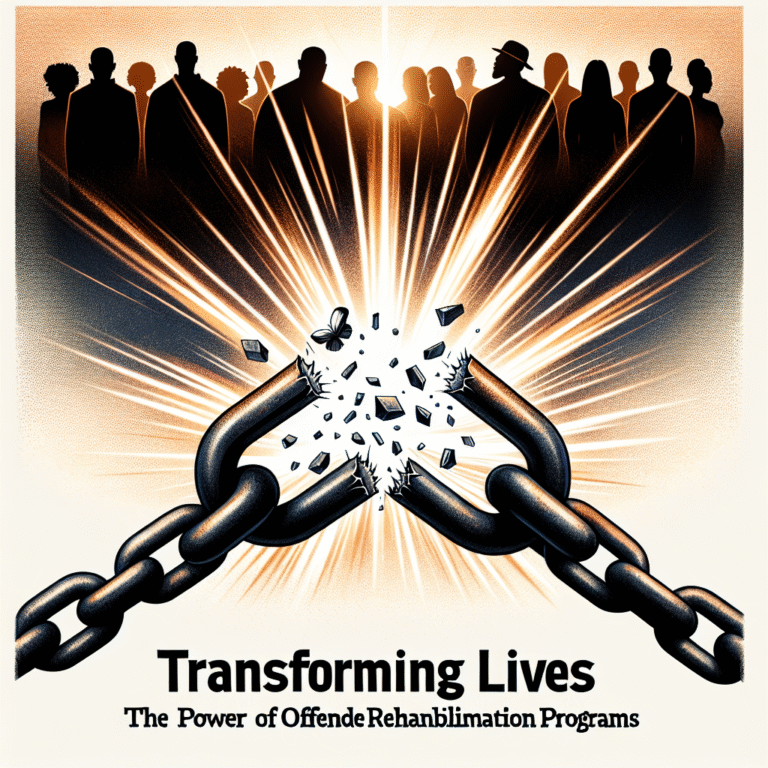
Introduction
In today’s fast-paced work environment, the topic of workplace violence resonates deeply. Businesses around the world are recognizing that fostering a safe and secure workplace isn’t just a legal obligation; it’s essential for employee morale and organizational success. Understanding Workplace Violence: Causes, Effects, and Prevention Strategies is crucial for leaders and employees alike. This article will explore the underpinnings of workplace violence, its far-reaching consequences, and effective strategies to mitigate risks, ultimately promoting a healthier work atmosphere.
The Landscape of Workplace Violence
Defining Workplace Violence
Workplace violence can be defined as any act of violence that occurs in a workspace. This includes physical violence, verbal abuse, intimidation, and any form of harassment. Understanding Workplace Violence: Causes, Effects, and Prevention Strategies involves delving into not only what constitutes workplace violence but also comprehending the environments that foster such behaviors.
Statistics and Prevalence
A survey by the Occupational Safety and Health Administration (OSHA) reveals that nearly 2 million American workers report being victims of workplace violence each year. These incidents manifest across various industries, with healthcare, retail, and education sectors being notably vulnerable.
| Industry Type | Percentage Reporting Violence |
|---|---|
| Healthcare | 24% |
| Retail | 15% |
| Education | 13% |
Understanding the Causes of Workplace Violence
Recognizing the Triggers
Understanding Workplace Violence: Causes, Effects, and Prevention Strategies requires a look into the psychological and environmental triggers that lead to violent behavior. Common causes include:
- Organizational Culture: A toxic atmosphere where bullying and harassment are prevalent can escalate tensions.
- Workplace Stress: Tight deadlines, high workloads, and inadequate resources can lead to stress, prompting aggressive behavior.
- Personal Issues: Employees dealing with external stresses such as financial problems or personal relationships may exhibit increased irritability.
Case Study: The Case of "XYZ Corp"
At XYZ Corp, employees reported a decline in morale due to constant layoffs and lack of communication from management. This environment led to an incident where an employee exhibited violent behavior toward a supervisor. Analysis reveals that poor organizational culture and communication were significant contributing factors.
The Effects of Workplace Violence
Emotional and Psychological Impact
Understanding Workplace Violence: Causes, Effects, and Prevention Strategies extends to recognizing the emotional fallout. Victims often experience anxiety, depression, and a sense of vulnerability. The entire workforce may feel the aftereffects, leading to lowered morale and productivity.
Economic Consequences
The financial ramifications of workplace violence can be staggering. Companies may incur costs related to legal fees, worker’s compensation, and loss of productivity. According to the National Institute for Occupational Safety and Health (NIOSH), workplace violence costs U.S. businesses over $120 billion annually in direct and indirect expenses.
Case Study: The Aftermath at "ABC Enterprises"
After a violent incident at ABC Enterprises, management implemented a new policy focused on mental health support for employees. Following this change, absenteeism dropped by 40%, illustrating how proactive approaches can mitigate the impact of violence.
Prevention Strategies
Establishing a Clear Policy
A robust policy on workplace violence is a foundational step in creating a safer environment. Understanding Workplace Violence: Causes, Effects, and Prevention Strategies involves crafting clear guidelines for reporting and addressing violence.
Training and Awareness
Regular training sessions on recognizing signs of potential violence can empower employees to act. Workshops focusing on de-escalation techniques and conflict resolution can be highly effective.
Case Study: Successful Implementation at "DEF Corporation"
DEF Corporation deployed a comprehensive training program that emphasized conflict resolution and communication skills. An assessment after the program showed a 30% decrease in reported conflicts, highlighting the effectiveness of such initiatives.
Encouraging Open Communication
Fostering an environment where employees feel safe to express concerns is crucial. Regular check-ins, suggestion boxes, and anonymous reporting systems can encourage honest communication.
The Role of Leadership
Leading by Example
Leadership plays a pivotal role in cultivating a culture of safety. When leaders model respectful behavior and demonstrate zero tolerance for violence, it sets the tone for the entire organization.
Accountability
Establishing accountability at all levels ensures that policies are upheld. This includes consistent enforcement of disciplinary actions for those who violate the workplace violence policy.
Case Study: Leadership Transformation at "GHI Inc."
After implementing a leadership training program focused on empathy and conflict management, GHI Inc. reported improved employee satisfaction and a substantial reduction in violent incidents. This transformation underscores the importance of strong, empathetic leadership.
Conclusion
Understanding Workplace Violence: Causes, Effects, and Prevention Strategies is not merely an academic pursuit; it is a necessary endeavor for any organization aiming for long-term success. By recognizing the triggers, acknowledging the far-reaching consequences, and implementing effective prevention strategies, organizations can create a nurturing workplace that promotes safety and well-being.
Actionable Insights
- Conduct Regular Training: Ensure that all employees are trained in recognizing and reporting workplace violence.
- Establish Open Channels: Create systems that allow for open communication about safety concerns.
- Promote Mental Health Resources: Provide access to counseling and mental health support to address underlying issues among employees.
FAQs
1. What is considered workplace violence?
Workplace violence includes any act of violence that occurs in a workspace, such as physical assaults, threats, harassment, or verbal abuse.
2. How can organizations prevent workplace violence?
Organizations can prevent workplace violence by establishing clear policies, providing training, fostering open communication, and promoting a positive workplace culture.
3. What are the signs someone may commit workplace violence?
Signs can include increased irritability, withdrawal from colleagues, excessive anger, and signs of stress or emotional distress.
4. What should I do if I witness workplace violence?
Immediately report the incident to a supervisor or HR, and ensure your own safety first.
5. Are there legal implications for workplace violence?
Yes, organizations can face legal consequences if they fail to address and prevent incidents of workplace violence, including lawsuits and penalties from regulatory agencies.
By understanding and addressing the complexities surrounding workplace violence, organizations can pave the way for a safer and more productive work environment where employees thrive.

















